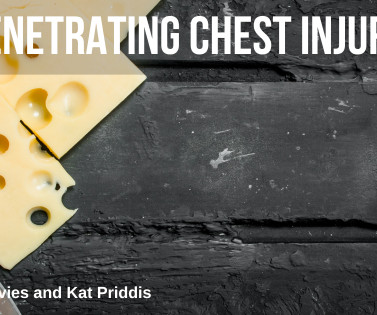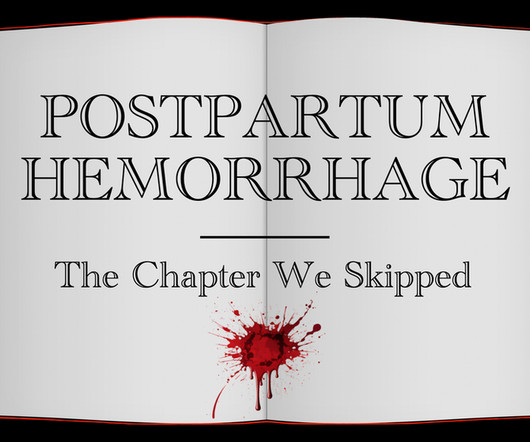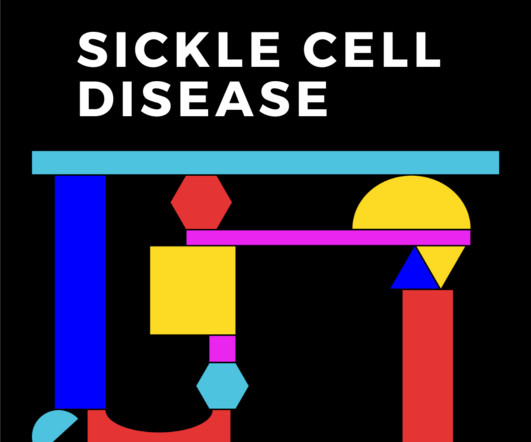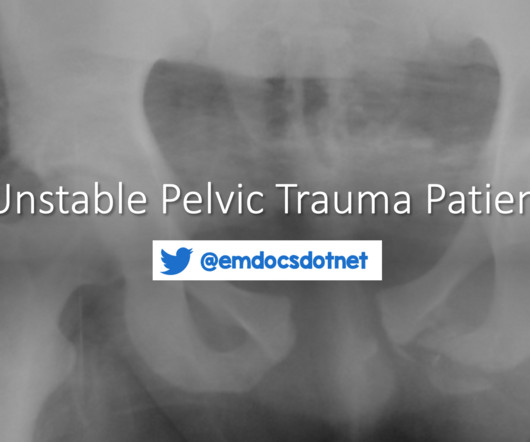Podcast 185.0: Anticoagulation Reversal
Core EM
JANUARY 25, 2024
Anticoagulant Reversal Strategies in the Emergency Department Setting: Recommendations of a Multidisciplinary Expert Panel. Ann Emerg Med. 2015 Dec 22;132(25):2412-22. 2015 Dec 17;373(25):2413-24. Epub 2015 Nov 11. 2020;76(4):470-485. doi:10.1016/j.annemergmed.2019.09.001 Circulation. 115.019628. Read More
















Let's personalize your content